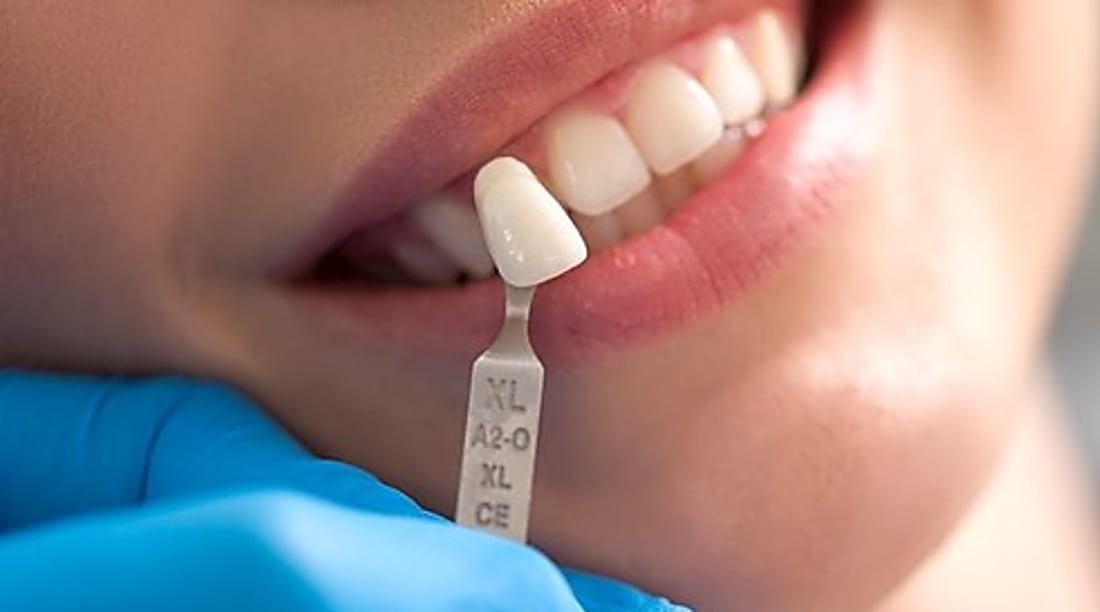Screwless Dental Implants: A Revolution in Smile Restoration
Dental technology continues to evolve with innovative solutions that enhance patient comfort and treatment outcomes. Screwless dental implants represent one of the most significant advancements in modern dentistry, offering a less invasive alternative to traditional implant systems. These revolutionary devices are changing how dental professionals approach tooth replacement while providing patients with more comfortable experiences and often faster healing times.

Dental implants have long been considered the gold standard for replacing missing teeth, offering durability, functionality, and aesthetic benefits that surpass other tooth replacement options. Traditional implants typically involve titanium screws surgically placed into the jawbone. However, the emergence of screwless dental implants marks a significant shift in implantology, promising a more comfortable patient experience with potentially faster healing times and equally impressive results.
Understanding Screwless Dental Implants
Screwless dental implants, as their name suggests, do not rely on the conventional screw mechanism to secure the implant to the jawbone. Instead, these innovative implants utilize alternative attachment methods such as press-fit designs, expansion mechanisms, or specialized surface technologies that promote osseointegration (bone fusion) without the need for traditional threading.
The concept behind screwless implants stems from the desire to reduce surgical trauma while maintaining the structural integrity necessary for long-term success. These systems often feature unique designs that distribute forces more evenly throughout the jawbone, potentially reducing stress concentration points that can lead to complications over time.
Benefits of Screwless Dental Implants
The advantages of screwless dental implants extend beyond their innovative design. For patients, the most immediate benefit is often reduced discomfort during and after the procedure. The insertion process typically requires less drilling and creates less trauma to surrounding tissues, which can translate to reduced pain and swelling during recovery.
Screwless systems may also offer faster treatment timelines in certain cases. Some designs allow for immediate or early loading, meaning patients might receive their prosthetic teeth sooner than with traditional implant protocols. Additionally, these implants often demonstrate excellent primary stability—the initial mechanical stability achieved immediately after placement—which is a critical factor in successful osseointegration.
For dental professionals, screwless implants can simplify the placement procedure, potentially reducing chair time and minimizing the risk of surgical complications. The streamlined process may be particularly beneficial when working in anatomically challenging areas or with patients who have compromised bone density.
The Technology Behind Screwless Dental Implants
The engineering principles underlying screwless dental implants represent a fascinating intersection of materials science, biomechanics, and dental innovation. These implants typically feature specialized surface treatments that enhance bone-to-implant contact and accelerate the osseointegration process.
Many screwless systems utilize nanotechnology to create microscopically textured surfaces that increase the contact area between the implant and bone. Some incorporate bioactive coatings that release growth factors or other compounds to stimulate bone formation. Others employ unique macro-designs that mechanically engage with the bone through expansion, compression, or other non-threaded mechanisms.
The materials used in screwless implants are similar to those found in traditional systems—primarily medical-grade titanium or titanium alloys known for their biocompatibility and strength. However, some newer systems incorporate zirconia (ceramic) components, which offer excellent tissue compatibility and aesthetic advantages, particularly for implants placed in the visible front portion of the mouth.
Comparing Screwless and Traditional Dental Implants
While screwless dental implants offer numerous advantages, understanding how they compare to traditional screw-type implants helps patients and clinicians make informed decisions about treatment options.
| Feature | Screwless Implants | Traditional Screw Implants |
|---|---|---|
| Surgical Trauma | Generally less invasive with reduced drilling | Requires more extensive osteotomy preparation |
| Healing Time | Often shorter due to less trauma | Typically 3-6 months before full loading |
| Bone Preservation | May better preserve bone around the implant site | Can create pressure points that lead to bone resorption |
| Initial Stability | Excellent primary stability in many cases | Variable depending on bone quality and technique |
| Long-term Data | Limited long-term clinical studies | Extensive long-term success data available |
| Cost Range | $1,800-$3,500 per implant | $1,500-$3,000 per implant |
Prices, rates, or cost estimates mentioned in this article are based on the latest available information but may change over time. Independent research is advised before making financial decisions.
It’s important to note that traditional implants still offer excellent long-term success rates backed by decades of clinical research. The decision between screwless and traditional implants should be made in consultation with a qualified dental professional who can assess individual patient needs, anatomical considerations, and treatment goals.
The Future of Screwless Dental Implants
As dental implantology continues to evolve, screwless designs are likely to play an increasingly prominent role in tooth replacement therapy. Ongoing research focuses on further improving the surface technologies and biomechanical properties of these implants to enhance their performance across diverse patient populations.
Emerging trends include the integration of digital workflows with screwless implant systems, allowing for more precise planning and placement through computer-guided surgery. Additionally, researchers are exploring bioactive materials that could further accelerate healing and improve the long-term integration of screwless implants with natural bone tissue.
While still evolving, the technology behind screwless dental implants represents a promising direction for the future of dental implantology—one that prioritizes patient comfort and treatment efficiency without compromising on the fundamental goal of providing stable, functional, and aesthetically pleasing tooth replacements.
Screwless dental implants exemplify how technological innovation continues to transform dental care. By addressing some of the limitations of traditional implant systems while maintaining their core benefits, these advanced devices offer patients and clinicians valuable alternatives in the pursuit of optimal oral rehabilitation. As with any dental procedure, the suitability of screwless implants depends on individual circumstances, making professional consultation essential for those considering this revolutionary approach to smile restoration.
This article is for informational purposes only and should not be considered medical advice. Please consult a qualified healthcare professional for personalized guidance and treatment.




